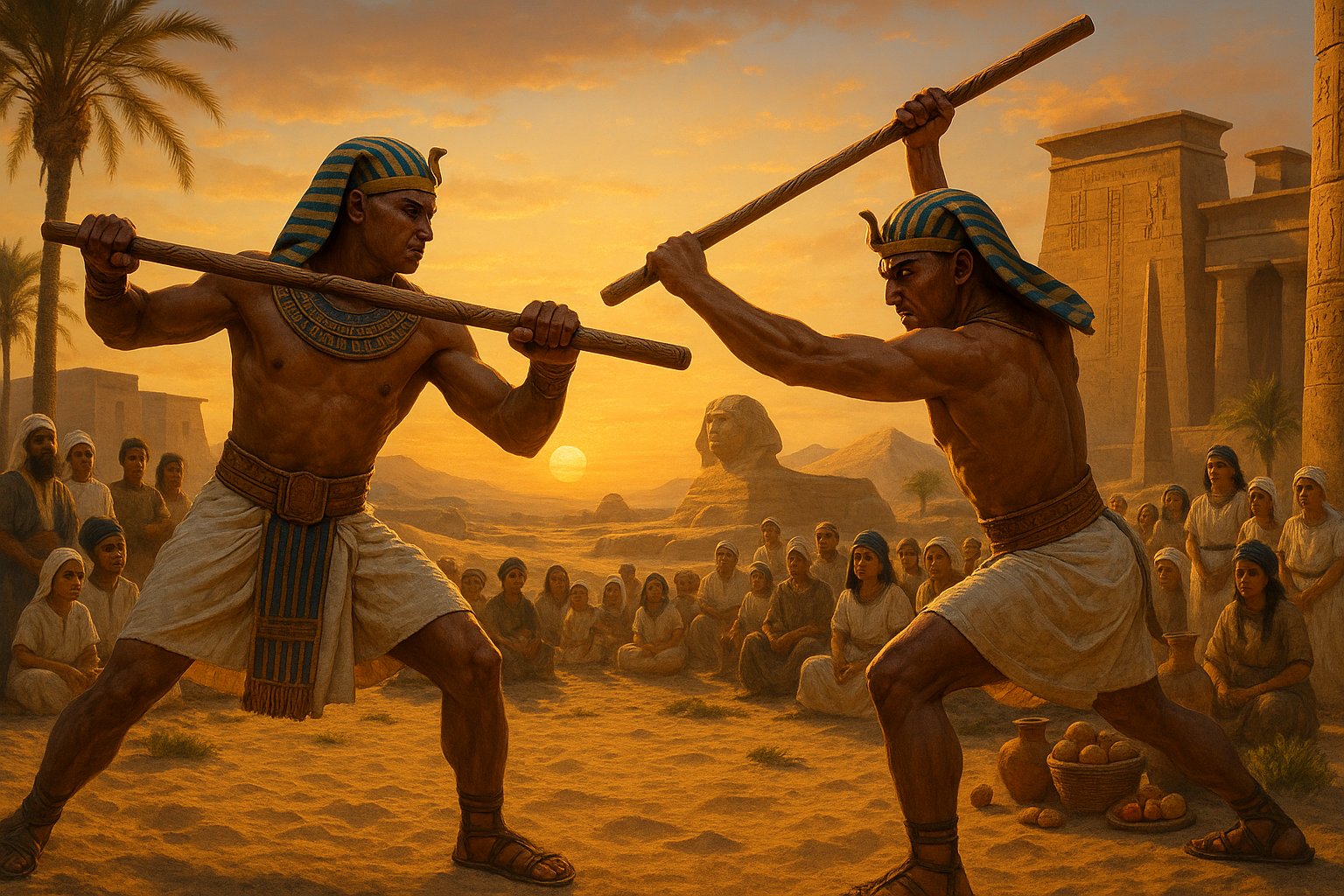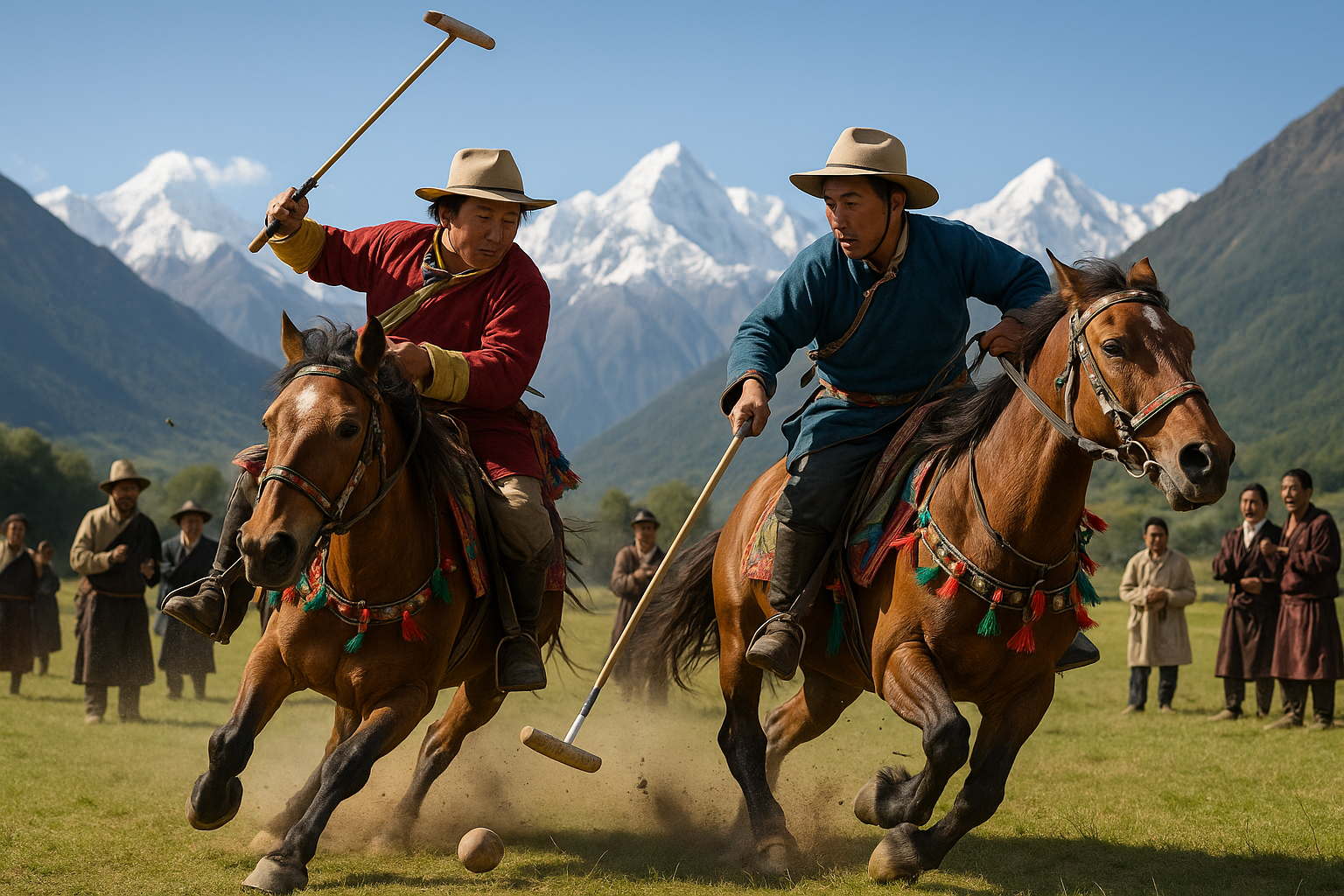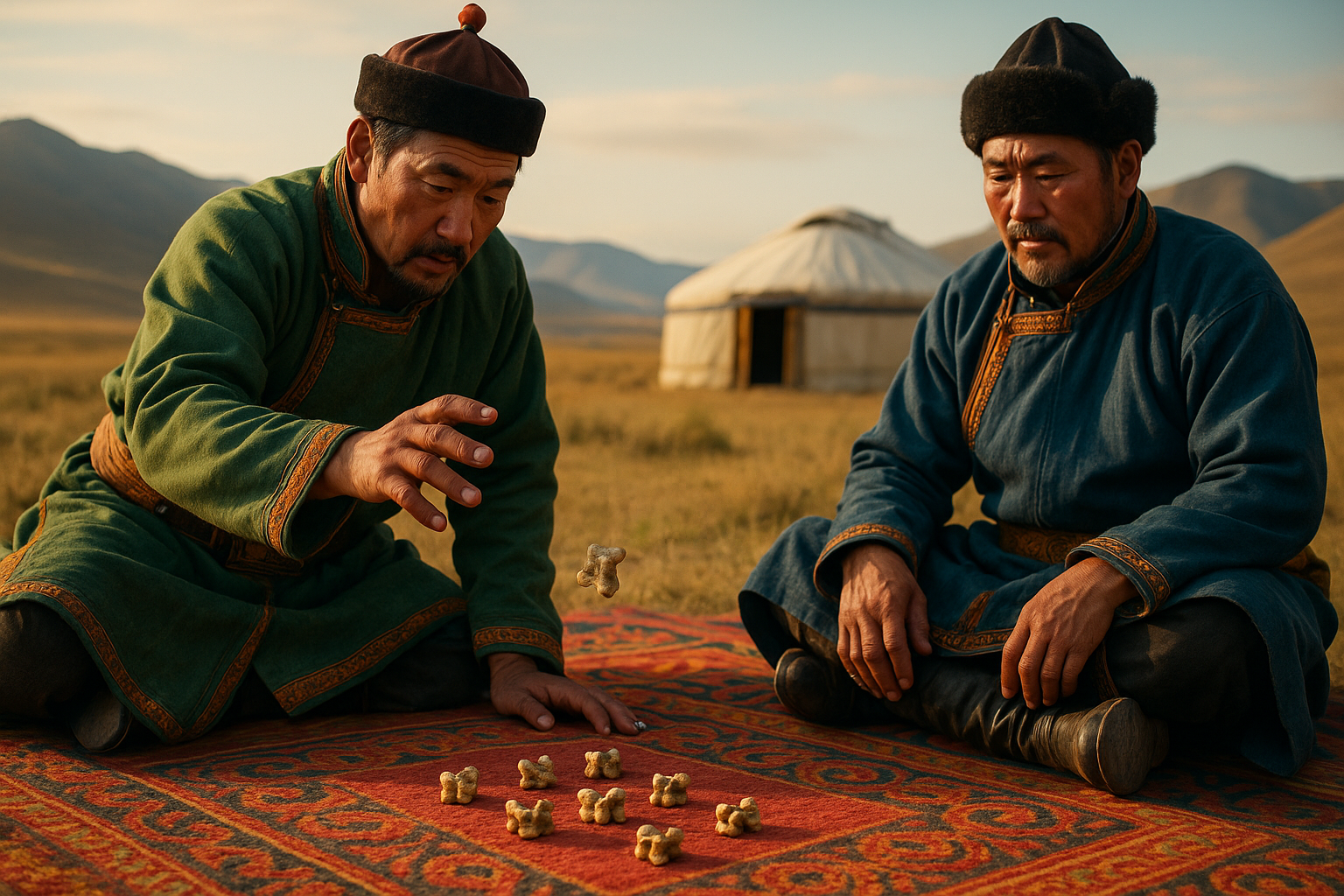In the mystic lands where the Nile weaves its eternal story and the pyramids stand as silent sentinels of time, lies a fascinating and vibrant piece of history often overlooked by the casual observer: Egyptian stick fighting rituals. 🏺 These ancient martial arts, steeped in tradition and cultural significance, not only served as a method of self-defense but also as a rite of passage and a celebration of life. As we delve into the world of these warriors from the past, we’ll uncover the profound layers of history and skill embedded in this age-old practice.
Egyptian stick fighting, also known as “Tahtib,” is more than just a combat technique; it’s a dance, a storytelling medium, and an art form. Its rhythmic movements are echoed in the hieroglyphs and carvings found in ancient tombs, revealing a practice that transcended mere physical confrontation. The wooden sticks, or “asa,” wielded by these warriors were not just weapons but instruments of cultural expression, teaching discipline, respect, and honor.
In this deep dive into the world of Egyptian stick fighting, we will explore the origins and evolution of Tahtib, tracing its roots back to the age of the pharaohs. You’ll discover how this practice was integrated into the daily lives of the ancient Egyptians, serving as both a sport and a ceremonial performance. We’ll examine the role of Tahtib in Egyptian society, from its presence in festivals and religious ceremonies to its influence on modern martial arts.
What makes Tahtib truly captivating is its dual nature. On one hand, it was a fierce demonstration of strength and agility, a necessary skill for those who might be called to defend their land or their honor. On the other hand, it was a peaceful, communal activity that brought people together, fostering a sense of unity and cultural identity. This duality reflects the complexity of ancient Egyptian society itself, where the balance between chaos and order was constantly negotiated. ⚖️
We’ll also delve into the intricate techniques and strategies employed by these ancient warriors. The elegance of the footwork, the precision of the strikes, and the fluidity of the movements are akin to a choreographed dance, with each participant reading their opponent’s intentions like a seasoned performer. The psychological aspect of Tahtib is as important as the physical, requiring practitioners to be not only quick and strong but also strategic and insightful.
Furthermore, we’ll consider the cultural and symbolic meanings embedded in the practice of Tahtib. The rituals and traditions associated with it are a testament to the values and beliefs of ancient Egyptian society. Through these practices, warriors learned about resilience, perseverance, and the importance of community—lessons that remain relevant even in today’s modern world. 🌍
In addition to exploring the past, we’ll also touch upon the resurgence of interest in Tahtib in contemporary times. As cultural preservation becomes an increasingly significant topic, the revival of traditional practices like Tahtib offers a way to connect with our roots and maintain a link to the wisdom of our ancestors. We’ll look at how modern practitioners are working to keep this ancient art alive, adapting it for a new generation while honoring its rich heritage.
Join us on this journey through time as we unravel the mysteries of Egyptian stick fighting, revealing not only the secrets of the warriors who practiced it but also the broader cultural narratives that shaped their world. Whether you’re a history enthusiast, a martial arts practitioner, or simply curious about the rich tapestry of human tradition, this exploration promises to offer valuable insights and inspiration. So, prepare to be transported to the land of the pharaohs, where every stick tells a story, and every movement is a page from history. 📜

Conclusion: Embracing the Legacy of Ancient Egyptian Warriors
Throughout this exploration of Egyptian stick fighting rituals, we’ve delved into a captivating aspect of ancient culture that offers much more than meets the eye. From understanding the historical context in which these martial arts were developed to appreciating their significance in contemporary practices, the journey through Egypt’s martial heritage is a testament to the ingenuity and resilience of its people.
We’ve learned how these ancient rituals served as both a form of combat training and a ceremonial practice that strengthened community bonds and cultural identity. The rich history of ancient Egypt reveals how these practices were not only about physical prowess but also about mental discipline, strategic thinking, and spiritual growth.
In modern times, the revival and adaptation of Egyptian stick fighting can serve as a bridge connecting us to our past while enriching our present. It provides a unique avenue for cultural expression and personal development, proving that the wisdom of the ancients still has much to offer today. By engaging in these practices, individuals can enhance their physical fitness, develop greater self-discipline, and connect with a tradition that has stood the test of time.
As we conclude this exploration, it’s crucial to recognize the profound impact that such ancient traditions can have on our modern lives. Whether you’re a martial arts enthusiast, a history buff, or someone simply curious about ancient cultures, there’s something valuable to take away from these timeless practices. 🌟
We invite you to reflect on the insights gained from this journey through the past. Consider how the principles and values inherent in Egyptian stick fighting can be applied to your daily life. Share your thoughts and experiences with others who might benefit from this knowledge. Feel free to leave a comment below, share this article with friends who might be intrigued, or even explore a local martial arts class to experience these traditions firsthand. 🥋
Together, we can keep the spirit of these ancient warriors alive and thriving, fostering a deeper appreciation for the rich tapestry of human history and the enduring power of cultural heritage.
For further reading, you may visit this link for ongoing research and articles on Egyptian cultural practices.
This conclusion encapsulates the key points of the article, emphasizes the relevance of the topic, and encourages reader engagement and application. Adjust the links as needed to ensure they are active and relevant to your content.
Toni Santos is a cultural revivalist, play historian, and kinetic storyteller who travels time through the games we left behind. With a deep reverence for lost pastimes, Toni excavates forgotten sports, ancestral competitions, and community games that once defined how people moved, bonded, and thrived. From ancient Mesoamerican ball courts to medieval street games, nomadic strategy contests, and pre-colonial ritual play, Toni revives rulebooks that were never digitized—and champions a worldview where games weren’t just leisure, but meaning, skill, and survival. Combining ethnography, movement studies, game design, and oral tradition, he reconstructs games piece by piece, consulting archives, elders, and fragments of folklore. His mission is not only to replay the past, but to inspire new generations to rediscover joy in rules that challenge, unite, and reflect forgotten values. At the helm of Vizovex, Toni documents these rediscoveries with playable guides, interactive reconstructions, motion-capture reenactments, and interviews with guardians of ancient play. His platform speaks to: Experimental game designers and kinetic anthropologists Educators looking to decolonize sports curriculums Movement artists and cultural preservationists Playful minds seeking what we once valued in the games we played Whether it’s reimagining a Viking endurance sport, mapping traditional Māori games, or crafting tournaments for extinct athletic rites, Toni urges us to move like our ancestors once did—and play with purpose again.




